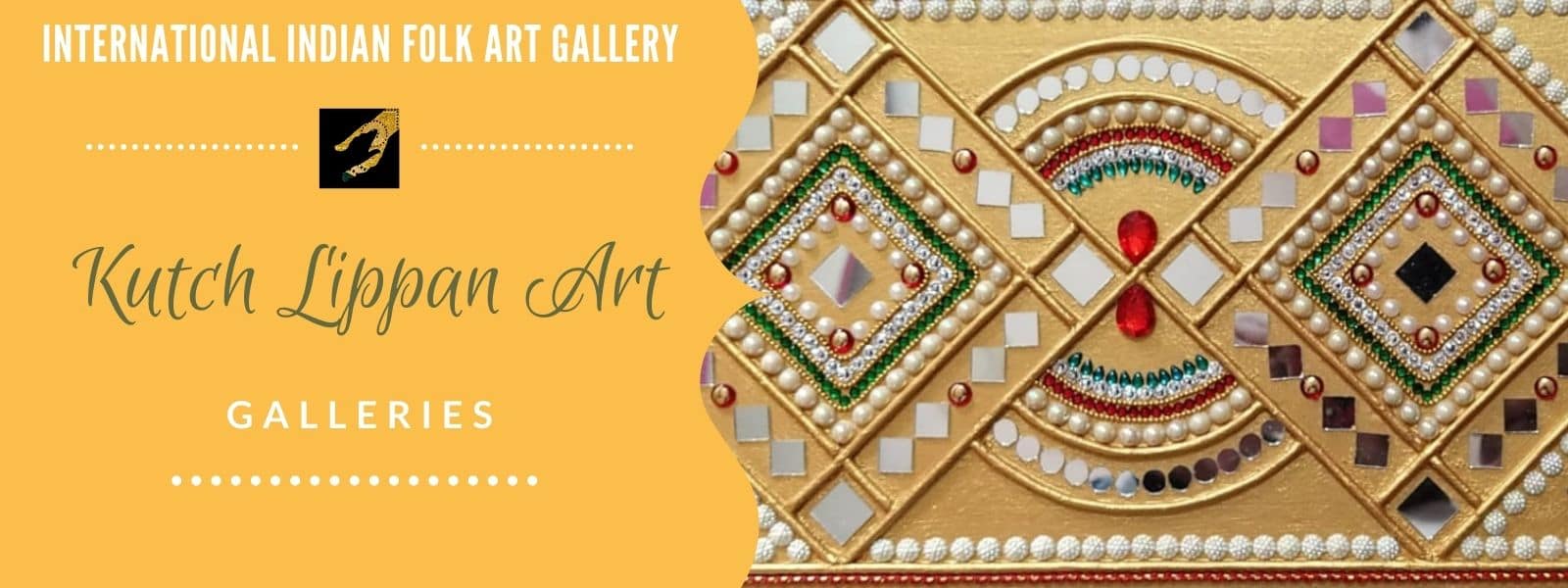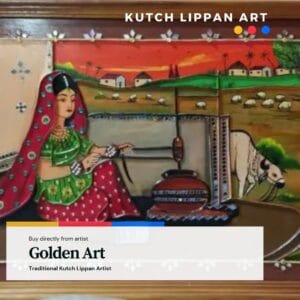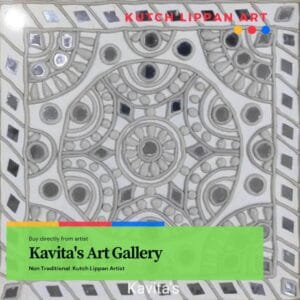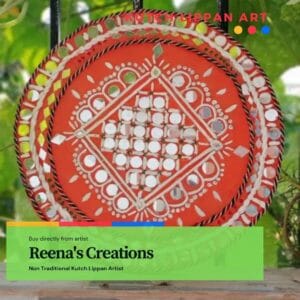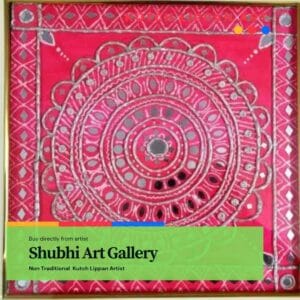Kutch Lippan Art
The Kutch Lippan Art is a form of art that originated from the Kutch region in Gujarat. This form of art is a result of a fusion of the traditional Kutch crafts with British and Indian techniques.
Kutch Lippan art is a traditional craft native to Gujarat. The mud and mirror work features materials such as clay and the dung of the local camel population, which allows for an interesting effect that keeps homes cool.
Though Kutch Lippan art is originally from Kutch, these scintillating murals can be found on the outer walls as well. You can notice these murals on both exterior and interior walls. They provide a type of beauty to a generally harsh way of life in the region.
Women from the Rabari community are typically in charge of mud and mirror work. They don’t trace or draw a pattern before beginning the work. This has made them especially skilled at this art form.
Rabari is the pastoral community from Kutch who live in villages. They live in houses called Bhungas which are designed to accommodate their practical needs.
This art form has a hoary past as no records are available to trace its origin. Various communities in Kutch do mud-washing in their own distinct style.
A common practice in Kutch, India is the art of mud-washing. Mud-washing is an ancient form of folk art practiced by various communities around the world, but the origins of this particular art form are unclear. Various communities in Kutch do mud-washing in their own distinct style.
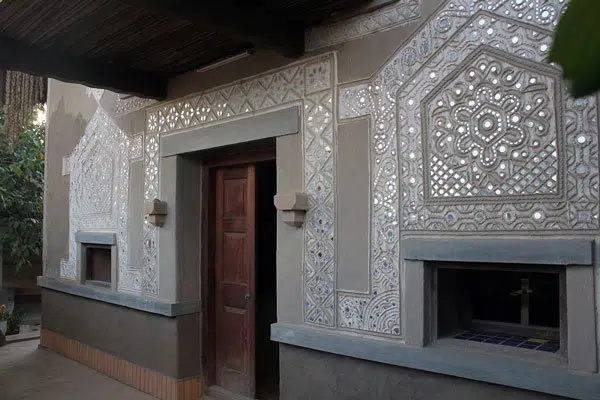
Artists/craftspeople in the Muslim community practicing this form of art tend to stick to geometric patterns. Depicting the human or animal form is considered deeply inappropriate.
Mud mirror work has gathered attention from the modern world for its intricate pattern and aesthetic perfection and has made a full transition from its unknown, modest stature to the mainstream art world, decorating the walls of urban homes.

